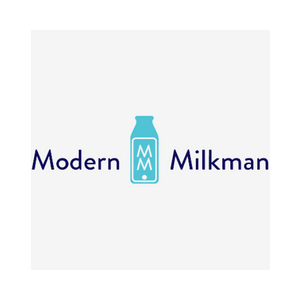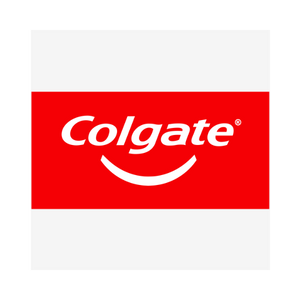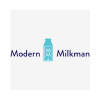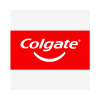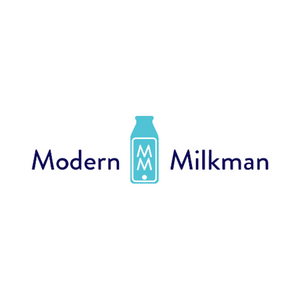What is Anti-Foam & Why Should I Use it?
You have just switched on your filling machine. The 25 litre containers start to move on the conveyor, the delivery nozzle drops into the first container. Suddenly all hell lets loose – chemicals everywhere. Why did this happen? Someone forgot to add the anti-foam.
Anti-foam is a chemical that is added in small quantities in order to prevent the formation of foam in a process. It is sometimes referred to as a defoamer, anti-foaming agent or foam breaker. There are subtle distinctions between anti-foam and a defoamer i.e. the former has a persistent effect and prevents the formation of foam whilst the latter has an immediate effect and destroys it after formation. The terms are often used interchangeably as the end result is the same. Quite often, an anti-foam can behave as a defoamer and vice-versa. They work by either puncturing or weakening the surface tension of the foam causing the bubbles to collapse.
Early anti-foaming agents fell into two main groups, organic and silicone based. The first anti-foams were light oils such as kerosene and vegetable oils. It was also discovered that fatty acids were effective too, but those proved to be rather expensive. Silicone antifoams have been around for a little over 50 years but they can’t be used in applications where silicone causes surface disturbance e.g. in paint and ink applications.
Research continued into the manufacture of more and more efficient products, generally synthetic organic chemicals. The 1960s was perhaps the heyday of the development of oil based synthetic chemicals but when the oil crisis of the early 1970s arrived, prices of these materials soared. In order to make them commercially viable, they were emulsified and still found to work well. This ultimately led to the efficient anti-foam emulsions of today.
Whichever you choose to use, it should be used sparingly, in accordance with the instructions. Using too much will have a detrimental effect on your process, as can using the wrong type.
Why you need to use anti-foaming agents
The presence of foam inhibits processing speed and reduces the efficiency of circulating pumps. It limits the cleaning effectiveness of detergents, reduces the ability of cutting fluids and coolants to do their job and can lead to environmental concerns. Anyone reading this who grew up in the age before biodegradable detergents will probably remember the rafts of foam on rivers in and around industrial areas.
Anti-foams effectively control process foam in many different manufacturing situations, including:
- Chemical manufacturing and formulating
- Textiles
- Food production and processing
- Pulp and paper manufacturing
- Paints and coatings
- Pharmaceuticals
In engineering, anti-foam prevents machine tool coolants from foaming thus ensuring they retain their effectiveness, are circulated properly by the pump and do not overflow from the system. In an automotive application, the use of these products improves the performance of tank cleaning processes, particularly where detergent based degreasers are in use.
The printing industry needs to add anti-foam to ink in order to prevent the inclusion of air bubbles within the ink circulating in the presses. Any air bubbles will reduce significantly the quality of the final printed material. In addition, the surface active action aids wetting, enabling the ink to stick more effectively to the surface on which it is applied, ensuring a higher quality end result.
Here at APT, using the best possible raw materials, we have developed a top quality silicone based anti-foam that is perfect for any process that is not sensitive to the presence of silicones. So buy your anti foaming agent now via our online ordering system or talk to our experts if you are not sure if this is the right product for you – 01495 308048





















